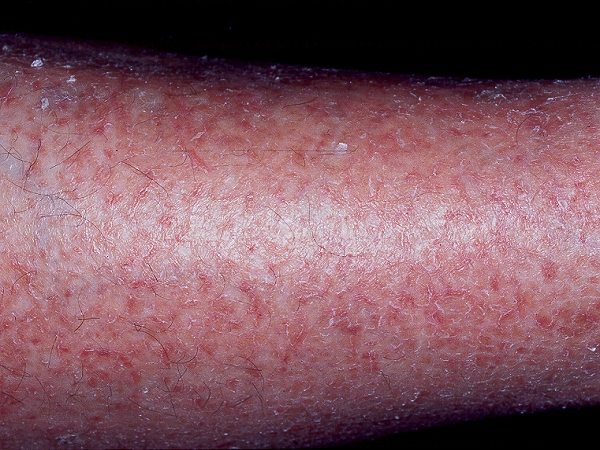- Two new reduced nicotine cigarettes can now be sold in the United States, but experts are mixed about their benefits.
- The FDA hopes these products will help adult smokers cut back on how many cigarettes they smoke.
- It remains to be seen if smokers, given a choice, will opt for less nicotine.
The Food and Drug Administration (FDA)Trusted Source on Tuesday authorized the sale of two new reduced nicotine cigarettes.
Moonlight and Moonlight Menthol, manufactured by 22nd Century Group Inc., are filtered combustible cigarettes that contain less nicotine than typical commercial cigarettes.
The FDA hopes these products will help adult smokers cut back on how many cigarettes they smoke each day.
“Today’s authorization represents the first product to successfully demonstrate the potential for these types of tobacco products to help reduce nicotine dependence among addicted smokers,” said Mitch ZellerTrusted Source, JD, director of the FDA’s Center for Tobacco Products, in a news releaseTrusted Source Tuesday.
Less nicotine but still toxic
Nicotine is highly addictive. A 2016 study found that smokers try to quit on average 30 times or more before they’re able stop for 1 year or longer.
Although many tools are available to help smokers quit, lowering the nicotine level is seen as another option.
Reduced nicotine cigarettes have been on the market for decades, but the two new cigarettes have an even lower nicotine content: 0.2 to 0.7 milligramsTrusted Source per cigarette. Conventional cigarettes contain 10 to 14 milligrams nicotine per cigarette.
Before approval, the FDA carried out a “rigorous science-based review” of 22nd Century Group’s applications for these products. But the agency said this doesn’t mean they’re safe or FDA approved.
“Consumers should be aware that this is not a safer cigarette in terms of cancer risks or lung health,” said Lynn T. Kozlowski, PhD, a professor of community health and health behavior at the University at Buffalo.
“Reduced nicotine cigarettes are tobacco cigarettes that reduce or eliminate nicotine-based effects of smoking,” Kozlowski said, “but otherwise they are tobacco cigarettes that are as toxic as regular tobacco cigarettes.”
This is something many people aren’t aware of.
A 2018 study found that almost half of smokers incorrectly believed that very low nicotine cigarettes were less likely to cause cancer than typical cigarettes. People who thought this also said they’d be less likely to quit.
Lower nicotine may help people quit
Research suggests that lowering the amount of nicotine in cigarettes may help people make a clean break.
A 2015 clinical trial found that people who smoked reduced nicotine cigarettes were less dependent on cigarettes. As a result, they smoked fewer cigarettes and made more attempts to quit, compared to people who smoked conventional cigarettes.
Another study found young adults reported that reduced nicotine cigarettes were less satisfying. They also ended up smoking fewer cigarettes per day.
It’s not clear if youth who experiment with reduced nicotine cigarettes are less likely to develop a dependence on them. Research in rats, though, suggests that may be the case.
Moe Gelbart, PhD, a California-based psychologist with Torrance Memorial Medical Center who specializes in addiction, is concerned that people may end up smoking more reduced nicotine cigarettes just to keep their nicotine intake at the level they’re used to.
This would also increase the amount of carcinogens and toxinsTrusted Source they’re exposed to.
He’s also concerned that reduced nicotine cigarettes may just become another way to entice new users to start smoking.
The FDA said in the release it will continue to monitor the new products to ensure there’s not “a notable increase in the number of non-smokers, including youth, using [them].”
As with other tobacco research, though, it could be years before the full impact of reduced nicotine cigarettes is known — a pattern we’ve seen before.
“When vaping came out, e-cigarettes were supposed to help people reduce their dependence on nicotine,” Gelbart said. “Now 10 or 15 years later, we’re finding out the horrors of that industry.”
Push for reduced nicotine in cigarettes
Given the existing research on reduced nicotine cigarettes, in 2015 the World Health OrganizationTrusted Source called for the sale of cigarettes to be limited to those with low nicotine levels.
The FDA also announced in July 2017Trusted Source a plan to reduce nicotine levels in all cigarettes to nonaddictive levels. However, as of last month, the FDA’s plan appears to have stalled.
This leaves the Moonlight and Moonlight Menthol reduced nicotine cigarettes competing against a crowded field of cigarettes with higher nicotine levels.
It remains to be seen if smokers, given a choice, will opt for less nicotine.
Kozlowski says similar reduced nicotine cigarettes that were on the market several years ago weren’t a commercial success, even though they were heavily marketed.
“Time will tell the extent to which [the new products] might help some smokers quit smoking,” Kozlowski said, “but for that to be a win for health, they will need to also stop using the reduced nicotine cigarettes at some point.”
Gelbart says if someone really wants to overcome their nicotine addiction, their goal should be abstinence.
“There are numerous evidence-based treatment methods for stopping nicotine use,” Gelbart said. “If people really want to stop, that’s the way to go — not by reducing the amount of nicotine in the cigarettes they smoke.”




